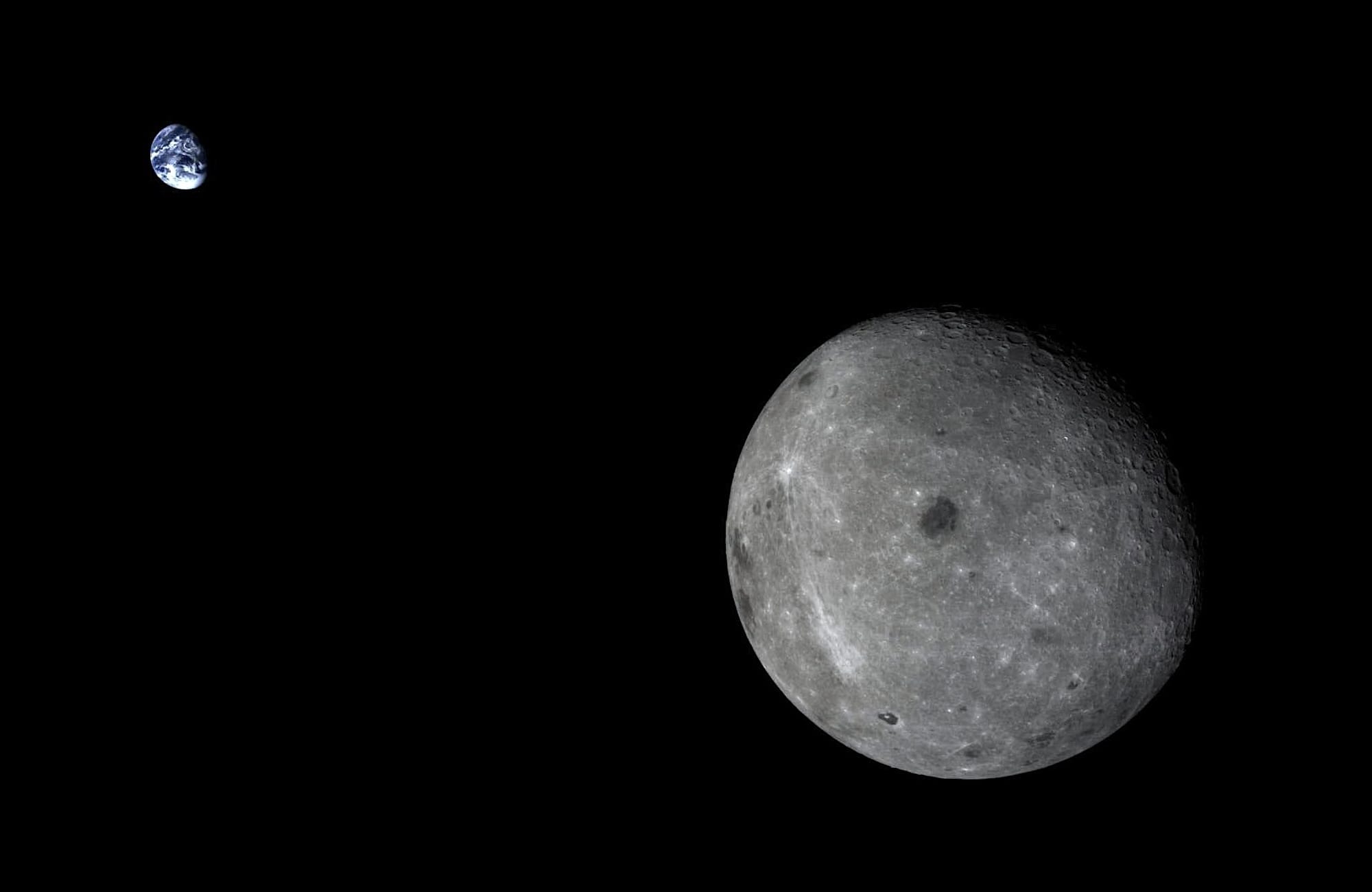Moon Monday #168: Starship Artemis, mission updates, and results from recent lunar craft

NASA’s road to Luna advances through Starship
SpaceX’s third launch of its fully integrated Starship Super Heavy rocket on March 14 achieved orbital velocity, clearing a major milestone of the long path to putting humans on the Moon again since NASA has selected Starship’s lunar variant to land crew for the Artemis III mission. The flight wasn’t wholly successful as SpaceX lost both the Starship stages during their respective descents but I like how Peter Hague captured the test’s essence on his blog Planetocracy:
Despite the fact that there is obvious work to do, it is worth noting that all the issues remaining with Starship and Superheavy are in phases of flight exclusive to its reuse. As an expendable vehicle, it would have had a successful flight.
SpaceX also tested transferring cryogenic fuel between the upper stage Starship’s tanks as part of a Tipping Point award demonstration for NASA. It’s something SpaceX might need to perform at least 10 times between Starships for each crewed Artemis Moon landing attempt. Engineers are reviewing the test data to understand how the transfer went, including how super-chilled liquids moved within the tanks during flight, and how that affected Starship’s stability. SpaceX and NASA are still figuring out how many refueling launches will a typical Artemis landing need.
Again, the larger perspective to consider is the huge deal that is Artemis IV, for the crewed landing of which NASA chose an upgraded Lunar Starship as a critical mission element. If successful, in just one mission after Artemis III’s crewed landing demonstration, NASA will have upgraded its entire lunar transportation stack—from improving payload capacity to lunar orbit by 10,000 kilograms with the SLS rocket’s Block 1B variant to sending the first astronauts to the US-led Gateway orbital habitat to having an upgraded crewed (Starship) lander enabling an extended surface mission of up to 33 days instead of Artemis III’s 6.5-day stay.
Artemis IV’s architecture, to be reinforced with Artemis V via Blue Origin’s Blue Moon lander instead of Starship, is the template NASA hopes to keep using in future missions leading to an Artemis Moonbase. It’s thus far more important to get all Artemis IV and V elements right—including Starship—than to worry about crewed Moon landings being delayed a bit more due to this not-fully-successful Starship flight. We have waited decades for a return to our Moon, and just as long for a fully reusable space launch system. We can wait a few years more.
China set to launch Queqiao 2

China seems all set to launch its 1200-kilogram Queqiao 2 communications relay satellite on a Long March 8 rocket tomorrow, March 19, reports Andrew Jones. Queqiao 2’s 4.2-meter wide parabolic antenna will relay communications between Earth and CNSA’s upcoming lunar missions, including the Chang’e 6 sample return craft and the Change’e 7 & 8 landers. As Zhang Tong reported previously, Queqiao 2 will also deploy two experimental Tiandu CubeSats to test and verify technologies to feed into the Queqiao constellation, China’s upcoming lunar navigation & communications service similar to ESA’s Moonlight project.
Relatedly, the four key modules of the 8200-kilogram Chang’e 6 Mooncraft arrived at China’s Wenchang spaceport in January, with CNSA aiming for launch on a Long March 5 rocket this May to bring about two kilograms of samples from the Apollo impact crater on the Moon’s farside. These samples should be scientifically even more valuable than the Chang’e 5 samples as it would be our first tactile window into our Moon’s mysterious farside.
Related tangent: Andrew Jones reports that after a surprise March 13 launch of a Long March 2C rocket, China may have lost the two small satellites onboard called DRO-A and DRO-B. The satellites, supposedly launched with the objective of demonstrating autonomous lunar navigation, now seem lost due to the rocket not inserting them into the intended trajectory to the Moon.
Many thanks to Epsilon3 and Off Planet Research for sponsoring this week’s Moon Monday. If you love my work too, join them.
More mission updates
- NASA’s FY2025 Presidential budget request essentially remains flat with an ask of $25.4 billion from the US Congress. Said Congress is providing NASA with $24.9 billion for FY2024—two billion less than the FY2024 Presidential request and half a billion less than FY2023. However, just like how the US Congress prioritized and maintained funding for the Artemis program for FY2024, it’s expected to do the same for FY2025.
- In an interview with Chethan Kumar for Times of India, ISRO Chief S. Somanath said that work is progressing slowly on new throttle-able engines needed for the 6,000-kilogram ISRO lander, which will deliver JAXA’s LUPEX rover to the Moon’s south pole by end of decade to study water ice and other volatiles. Somanath added that ISRO is preparing a funding proposal for the Chandrayaan 4 sample return mission now that preliminary studies are done.
- Interlune, which raised $15.6 million last month, says it wants to mine Helium-3 on the Moon.
Welcome to the era of precision Moon landings
With the SLIM Moon mission, Japan has brought us into a whole new regime of precision landings. One with big implications for the future of lunar exploration and science, including NASA’s Artemis program. To piece together this story, I spoke to experts from JAXA, NASA, and ISRO. The article has been published as a feature on Scientific American:
Lunar research from LPSC

At the 55th Lunar and Planetary Science Conference (LPSC) last week, lunar researchers from several countries presented their recent work. I thought it would be interesting to highlight some new results based on data from recent Moon missions as that’ll be apt for the broader lunar community reading this blog.
- Preliminary lunar maps of Uranium, Potassium, And Thorium by KPLO’s gamma ray spectrometer. Related: NASA’s ultra-sensitive ShadowCam imager aboard KPLO helps scientists better study the LCROSS impact site.
- Five years of lunar farside radiation measurements from Chang’e 4’s Lunar Lander Neutron And Dosimetry Experiment
- Landing site assessment for Australia’s first lunar rover, Roo-ver
- Initial elemental composition measurements from the Chandrayaan 3 rover, and laser-ranging the retroreflector on the Chandrayaan 3 lander with LRO
- ISRO’s Chandrayaan 2 orbiter data helping NASA downselect areas within the Artemis landing zones using infrared and radar measurements, the former to help find spots with water ice and the latter to help reduce false positives from terrain having rough textures.
Also at LPSC, and as part of NASA’s Lunar Discovery and Exploration Program, the agency announced that it is granting about $3 million each to five researchers for developing advanced instruments to fly on upcoming Artemis or CLPS missions by end of decade.
